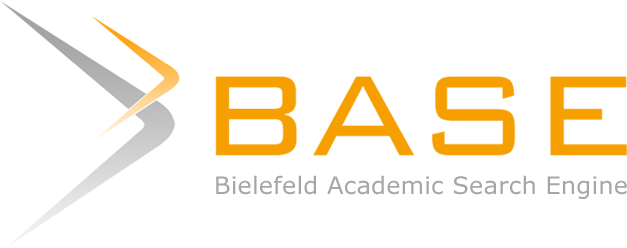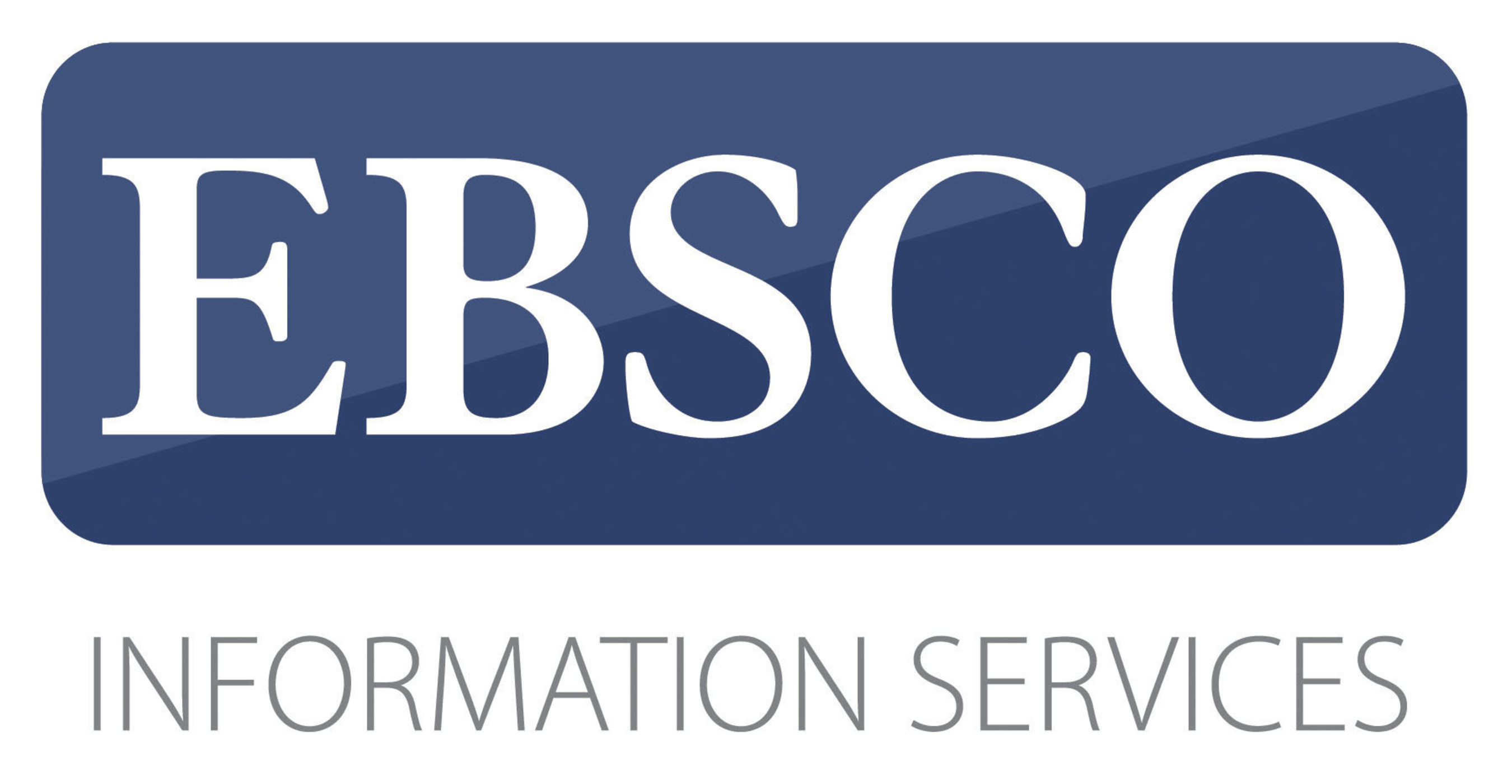Abstract
Is ASEM simply an exercise in summitry, or is it an exercise in region building? Is ASEM a forum for diplomatic niceties, or is it an institution for regime creation? ASEM is more than a summit. It is also more than just a process. Though it is far from developing into a formal organization, it has acquired a certain structure. This article explains three theoretical frameworks that can be used to discuss ASEM and provides three scenarios for ASEM’s future as viewed by the realists, the liberal-institutionalists and the social constructivists. For the realists, ASEM is seen primarily as a result of changes in the distribution of power and the interest calculations of key actors in the ASEM process. Liberal-institutionalists, on the other hand, are inclined to see ASEM as part of the rising trend of regionalism and the increasing reliance on inter-regional forums to cope with the challenges of globalization. Finally, some scholars argued that the East Asia used ASEM as an instrument of regional integration or building a regional identity. This social-constructivist approach emphasizes the process of identity-formation through inter-regional interaction. It also offers a reflection on the possible developments of ASEM, taking into account the nature of current concerns and the future uncertainties surrounding it. ASEM is very much a work in progress. Its future is not yet certain, and its development will certainly be influenced by clusters of factors.
Recommended Citation
Hutabarat, Leonard
(2004)
"ASEM: Instrumen, Diplomasi, Integrasi Regional, dan Pembentukan Rezim,"
Global: Jurnal Politik Internasional: Vol. 7:
No.
1, Pp. 58-69.
DOI: 10.7454/global.v7i1.233
Available at:
https://scholarhub.ui.ac.id/global/vol7/iss1/5

















